Moral policing, a term that resonates deeply within the Indian context, refers to actions taken by individuals, groups, or even state authorities to enforce a specific moral code or societal norm. In India, moral policing has become a significant and controversial issue, impacting the lives of individuals, particularly women, youth, and marginalized communities. This blog post delves into the various aspects of moral policing in India, exploring its historical roots, contributing factors, and the far-reaching consequences it has on personal freedoms and societal cohesion.
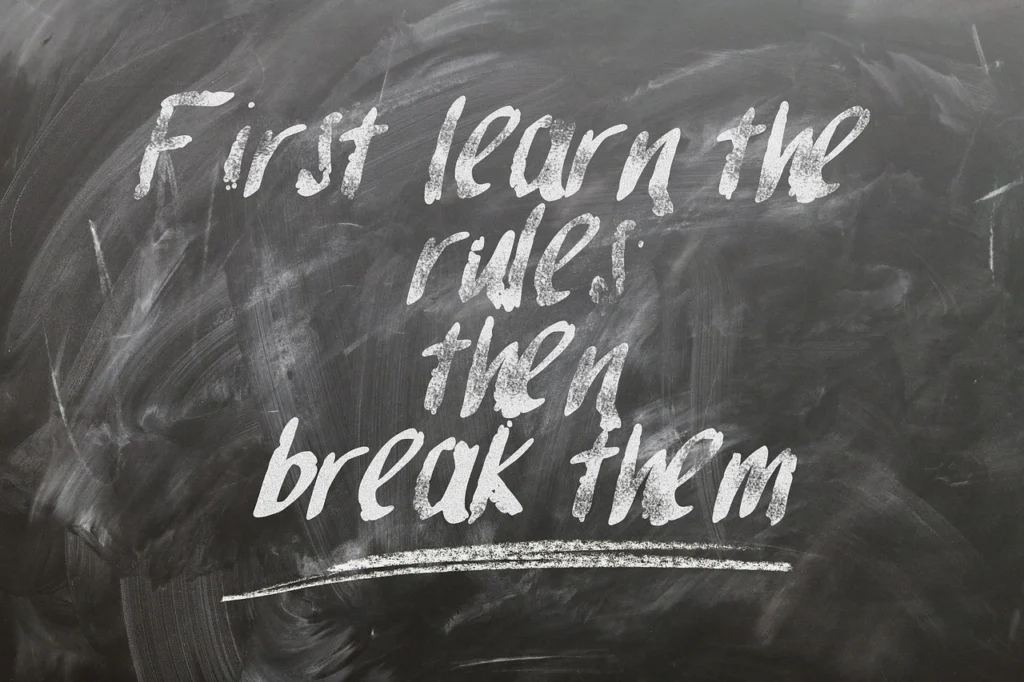
In This Post
ToggleUnderstanding Moral Policing
What is Moral Policing?
Moral policing involves the enforcement of moral and cultural norms on individuals by non-state actors or state authorities, often under the guise of protecting societal values. It manifests in various forms, including regulating public behavior, censorship, and community enforcement. The key agents of moral policing can range from religious organizations and vigilante groups to local authorities and even the judiciary.
Forms of Moral Policing
Moral policing in India can take several forms:
- Public Behavior Regulation: This includes actions taken to prevent or punish public displays of affection (PDA), enforce dress codes, or regulate behaviors deemed inappropriate by certain groups.
- Censorship: Moral policing often extends to media, literature, and the internet, where content that challenges traditional norms is censored or banned.
- Community Enforcement: Vigilante groups, often with political or religious backing, take it upon themselves to enforce moral standards in their communities.
Common Targets of Moral Policing
Moral policing in India predominantly targets:
- Youth: Young couples, especially those engaging in PDA, are often harassed or shamed.
- Women: Women are frequently targeted for their attire or behavior, with moral policing being used as a tool to control their freedom.
- LGBTQ+ Community: Members of the LGBTQ+ community face significant moral policing, with their identities and relationships often deemed immoral.
- Artists and Media Professionals: Creative expression is frequently curtailed through censorship and other forms of moral policing.
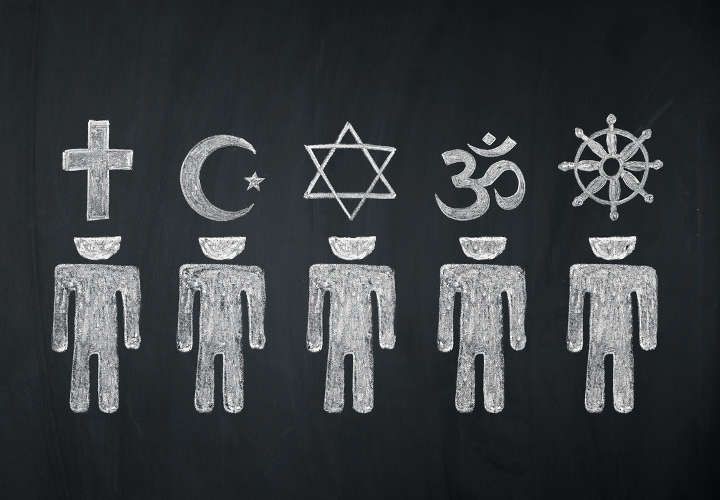
Historical Perspective of Moral Policing in India
Colonial Era
Moral policing is not a new phenomenon in India. During the British colonial period, the imposition of Victorian values led to the enforcement of strict moral codes, especially concerning public behavior, attire, and relationships. This period laid the foundation for the moral policing seen in post-independence India.
Post-Independence Period
After independence, India witnessed a shift in its socio-political landscape, but moral policing persisted. The early years of independence were marked by efforts to maintain traditional values while navigating the challenges of modernity. This period saw moral policing manifest in the regulation of cinema, literature, and public spaces.
Cultural Revivalism in Modern India
In recent decades, there has been a resurgence of cultural revivalism in India, with various groups advocating for a return to traditional values. This has led to an increase in moral policing, as these groups seek to impose their interpretation of morality on society. The rise of Hindu nationalism, in particular, has contributed to the intensification of moral policing across the country.
Factors Contributing to Moral Policing in India
Socio-Cultural Factors
Political Patronage
Moral policing often enjoys political patronage in India. Certain political parties support or turn a blind eye to moral policing activities to appease their voter base, which may hold conservative views on morality. This political support emboldens vigilante groups and other non-state actors to continue their moral policing activities without fear of legal repercussions.
Legislation and Policies
India’s legal framework has several laws that implicitly support moral policing, particularly those related to obscenity, indecency, and public order. These laws are often vague and open to interpretation, allowing authorities to use them to justify moral policing. For example, Section 294 of the Indian Penal Code (IPC) deals with obscenity in public places and is frequently used to target couples engaging in PDA.
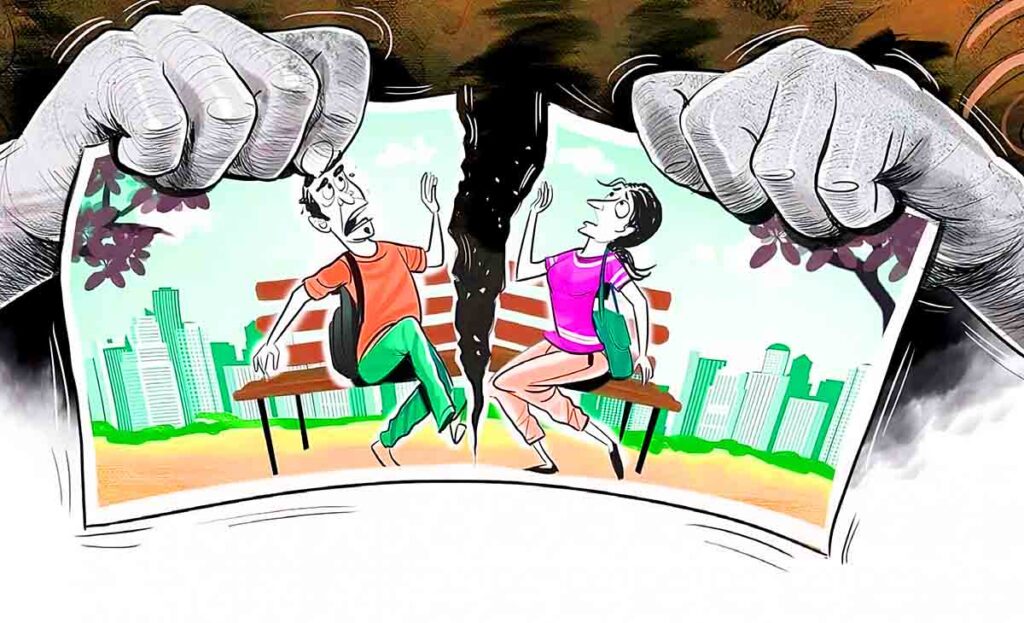
Economic Factors
Class Dynamics
Economic disparities in India play a crucial role in moral policing. The economically weaker sections of society are often the primary targets of moral policing, as they are perceived as less capable of defending themselves. Additionally, the wealthy and powerful may use moral policing to maintain social control over the lower classes.
Urbanization
India’s rapid urbanization has led to a clash between traditional rural values and modern urban lifestyles. This cultural clash has intensified moral policing, with those holding traditional values attempting to impose them on urban residents who may not adhere to the same norms. The migration of people from rural areas to cities has further exacerbated this issue, as they bring with them their traditional values and expectations.
Media and Technology
Role of Social Media
Social media has become a double-edged sword in the context of moral policing. On one hand, it has provided a platform for individuals to express their views freely. On the other hand, it has also become a tool for moral policing, with vigilante groups using social media to shame or harass individuals who deviate from societal norms. Incidents of online moral policing, where individuals are publicly humiliated or threatened for their behavior, have become increasingly common.
Censorship in Media
Moral policing in India extends to the censorship of media, including films, television shows, and online content. Content that challenges traditional norms or depicts behaviors considered immoral is often censored or banned. This censorship is enforced not only by the government but also by self-appointed moral custodians who seek to regulate what is deemed acceptable for public consumption.
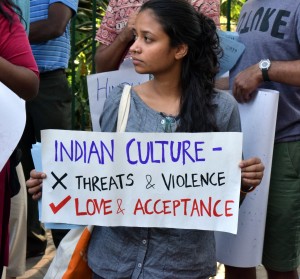
Case Studies of Moral Policing in India
Public Display of Affection (PDA) Incidents
India has seen numerous incidents where couples have been harassed, shamed, or even physically assaulted for engaging in PDA. These incidents are often driven by vigilante groups who believe that such displays are against Indian culture. For example, in 2014, a series of moral policing incidents in Bangalore led to the “Kiss of Love” protests, where couples kissed in public to challenge the conservative norms being imposed on them.
Dress Code Enforcement
Women in India frequently face moral policing related to their attire. Incidents where women have been targeted for wearing clothes deemed inappropriate by certain groups are commonplace. These groups argue that women’s clothing choices are responsible for moral decay in society, using this as justification for their actions. For instance, in 2016, a college in Tamil Nadu faced backlash for enforcing a dress code that prohibited women from wearing jeans, citing it as a measure to maintain discipline and morality.
LGBTQ+ Discrimination
The LGBTQ+ community in India has been a significant target of moral policing. Despite the decriminalization of homosexuality in 2018, members of the LGBTQ+ community continue to face harassment, discrimination, and violence. Moral policing often manifests in attempts to “correct” or “cure” LGBTQ+ individuals, driven by the belief that their identities are immoral or unnatural.
Internet and Social Media
The internet and social media platforms have become battlegrounds for moral policing in India. Content that challenges traditional norms or promotes liberal values is often met with online harassment, threats, and calls for censorship. In many cases, moral policing on social media is carried out by organized groups that mobilize to target individuals or campaigns they perceive as morally objectionable.
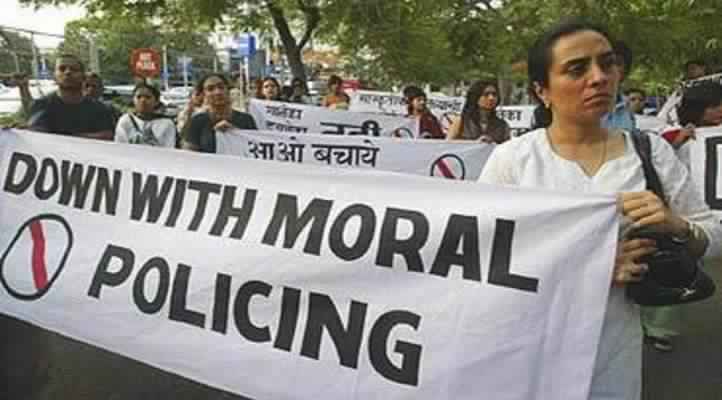
Consequences of Moral Policing
Impact on Individual Freedom
Moral policing has a profound impact on individual freedom in India. It infringes on personal liberties, particularly the right to freedom of expression and privacy. Individuals targeted by moral policing often face restrictions on their behavior, attire, and even their relationships, as societal norms are imposed upon them.
Psychological Effects
The psychological impact of moral policing on its victims cannot be overstated. Individuals subjected to moral policing often experience stress, anxiety, and depression due to the constant scrutiny and harassment. In extreme cases, moral policing has led to suicides, as victims are unable to cope with the societal pressure and humiliation.
Social Division
Moral policing contributes to the deepening of social divisions in India. It exacerbates existing divides along lines of gender, class, religion, and sexuality. By enforcing rigid moral codes, moral policing creates an environment of intolerance and exclusion, where those who do not conform to traditional norms are marginalized or ostracized.
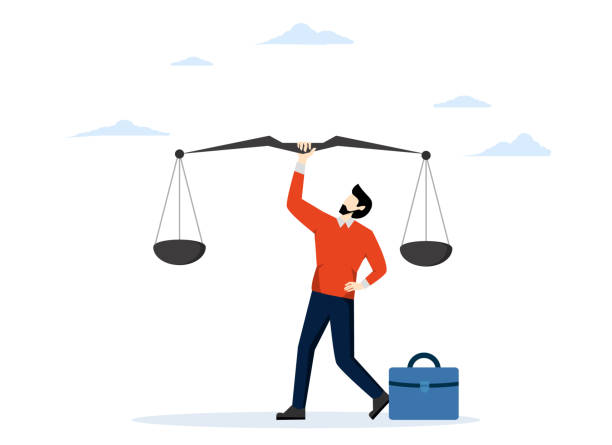
Legal and Policy Responses to Moral Policing
Existing Legal Framework
India’s legal framework includes several laws that, while intended to maintain public order and morality, are often misused to justify moral policing. Key among these are:
- Section 294 of the Indian Penal Code (IPC): This section deals with obscene acts and songs in public places and is frequently invoked in cases of moral policing against PDA.
- Section 66A of the Information Technology Act: Although struck down by the Supreme Court in 2015, this section was previously used to target online content deemed offensive or immoral.
- Cinematograph Act, 1952: This act gives the Central Board of Film Certification (CBFC) the authority to censor films, often on moral grounds, which has been a tool for moral policing of the film industry
Judicial Interventions
The Indian judiciary has played a crucial role in addressing moral policing, with several landmark judgments aimed at protecting individual freedoms:
- S. Khushboo v. Kanniammal (2010): The Supreme Court ruled in favor of actress Khushboo, who faced legal action for advocating pre-marital sex. The court held that public morality cannot be used to curtail an individual’s right to free speech.
- Navtej Singh Johar v. Union of India (2018): This landmark judgment decriminalized homosexuality by reading down Section 377 of the IPC, thereby striking a blow against the moral policing of the LGBTQ+ community.
Proposed Reforms
To effectively combat moral policing, several reforms have been proposed:
- Clarification of Obscenity Laws: There is a need to clearly define what constitutes obscenity and to ensure that these laws are not used to infringe on personal freedoms.
- Strengthening Judicial Oversight: Greater judicial oversight is needed to prevent the misuse of laws for moral policing. Courts should take a proactive role in protecting individual rights against moral policing.
- Public Awareness Campaigns: Educating the public about the dangers of moral policing and promoting a culture of tolerance and respect for individual freedoms can help reduce the incidence of moral policing.
- Legislation Against Vigilantism: Introducing laws that specifically target vigilantism and provide strict penalties for those who engage in moral policing could serve as a deterrent.
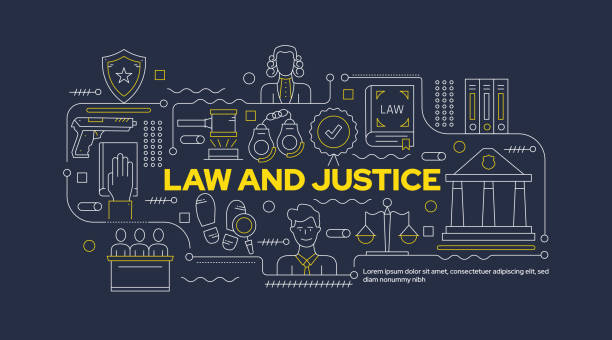
Conclusion: The Future of Moral Policing in India
Moral policing is a deeply entrenched issue in India, rooted in historical, socio-cultural, and political factors. While it poses significant challenges to individual freedoms and democratic values, there is hope for change. Through legal reforms, judicial interventions, and the efforts of civil society and the media, India can move towards a society where personal freedoms are respected and moral policing becomes a relic of the past.
As India continues to evolve, it is crucial to strike a balance between preserving cultural values and protecting individual rights. Moral policing, in its various forms, undermines this balance and threatens the very fabric of a diverse and pluralistic society. It is only through collective action, both at the grassroots and institutional levels, that India can overcome the scourge of moral policing and build a future where all individuals can live with dignity, free from the fear of judgment and repression.
Moral policing refers to the act of enforcing a set of moral or cultural norms on individuals by non-state actors, often through coercive or violent means. It involves actions like restricting public displays of affection, dictating dress codes, and targeting individuals or groups perceived to violate societal standards.
Moral policing in India is deeply rooted in the country’s socio-cultural and historical context. Factors such as patriarchal values, the influence of religious and cultural conservatism, and political motivations contribute to its prevalence. The absence of clear legal definitions regarding morality also allows for its continuation.
Moral policing is not legal in India. The country’s Constitution guarantees individual freedoms, including the right to privacy, freedom of expression, and the right to live with dignity. However, existing laws on obscenity, public order, and morality are sometimes misused to justify moral policing.
Moral policing has several negative effects on society, including the violation of individual rights, reinforcement of gender inequality, suppression of artistic freedom, and the undermining of democratic values. It creates a climate of fear and restricts personal freedoms, leading to a more authoritarian society.
Moral policing can be challenged through legal reforms, judicial interventions, public awareness campaigns, and the efforts of civil society organizations. Strengthening the rule of law, promoting tolerance, and protecting individual rights are key to combating moral policing. The media and social media platforms also play a crucial role in raising awareness and mobilizing resistance against moral policing.
Reference:
- Moral Policing in India: The Socio-Political Dynamics
- How Social Media is Reshaping Resistance Against Moral Policing
- A Historical Overview of Moral Policing in India
- Supreme Court Rulings on Freedom of Expression and Moral Policing
- The Role of Civil Society in Combating Moral Policing
- Constitutional morality of india
- Judicial activism in India

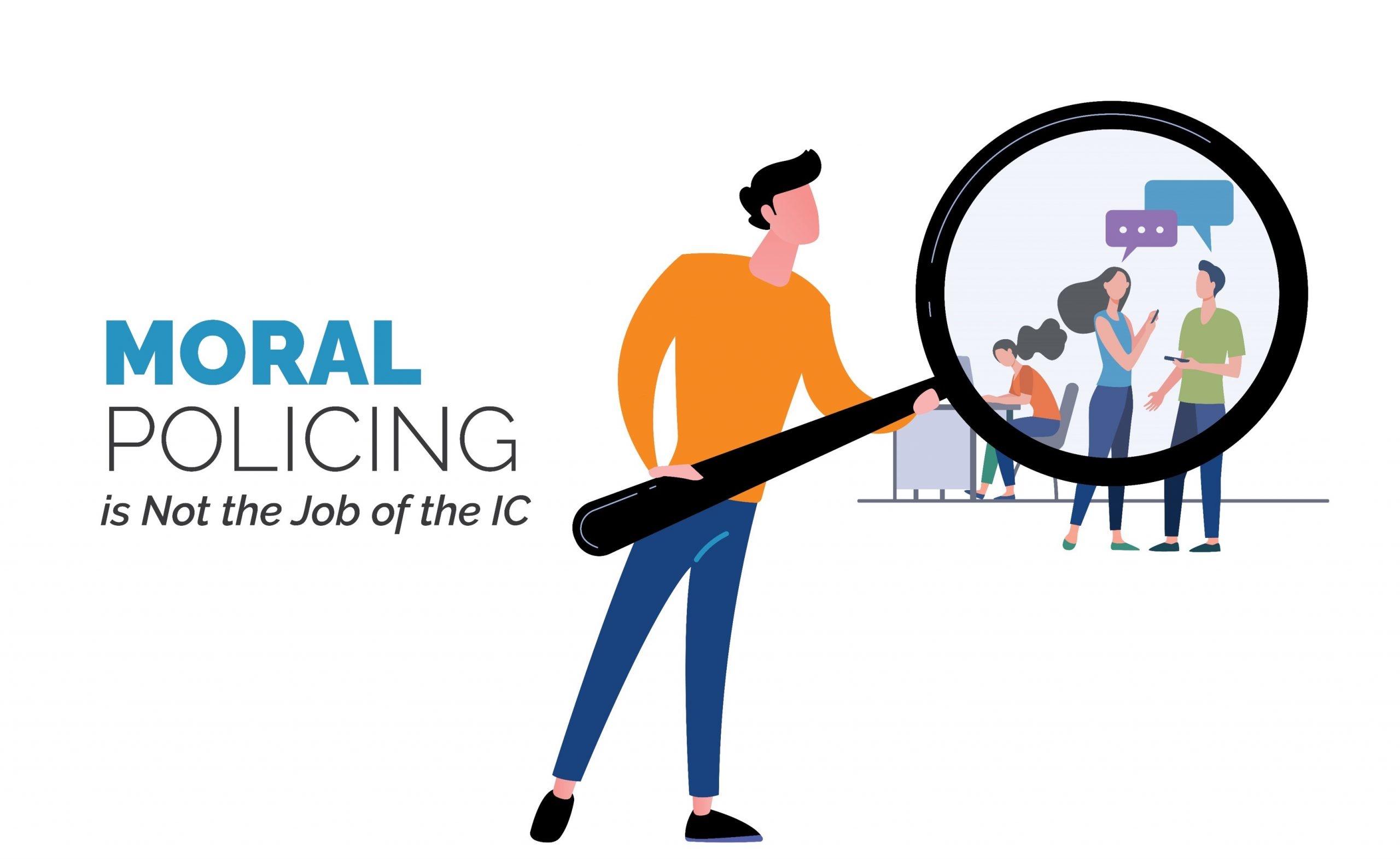
1 thought on “Moral Policing & it’s India Context: In-depth analysis”